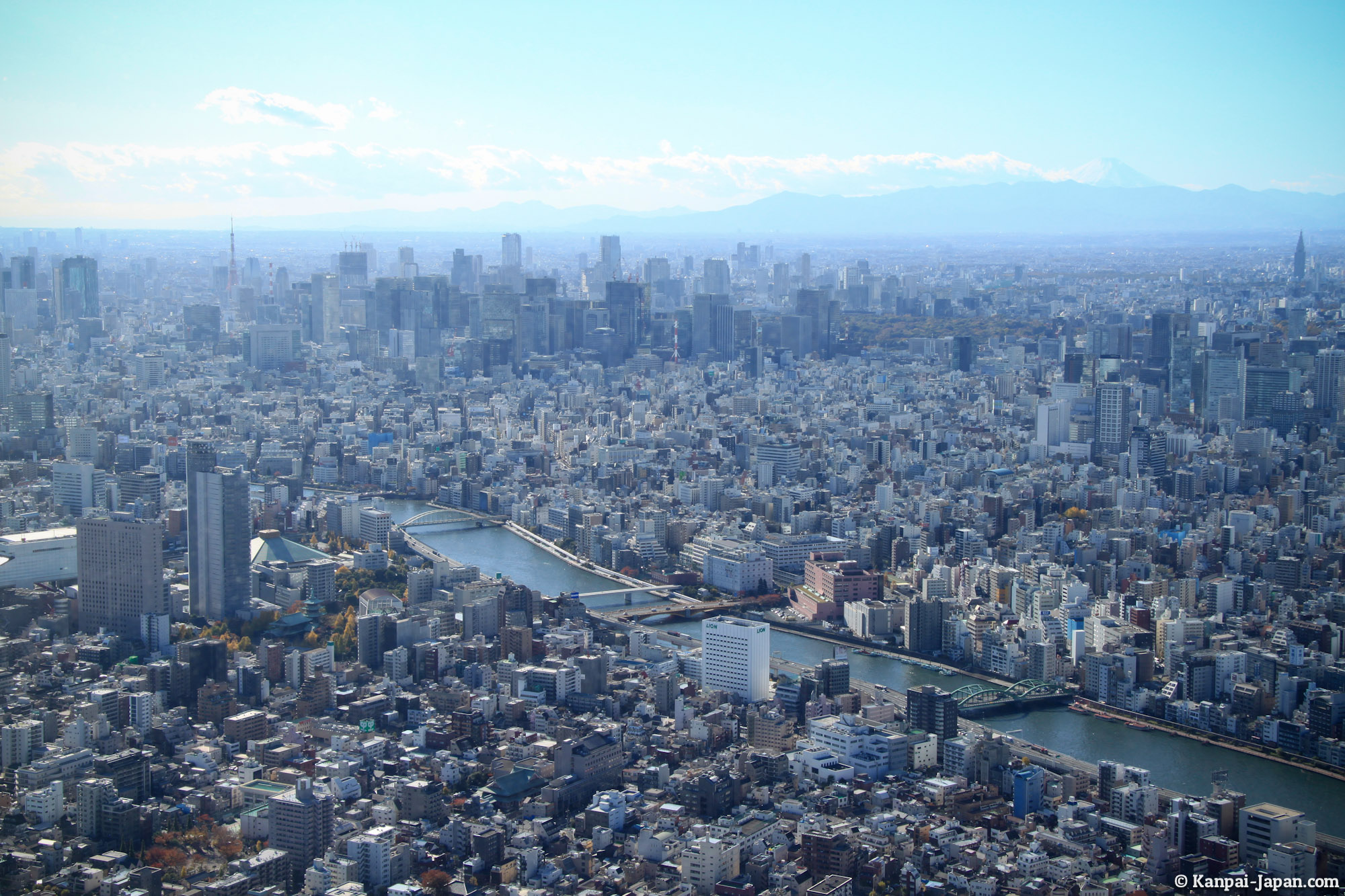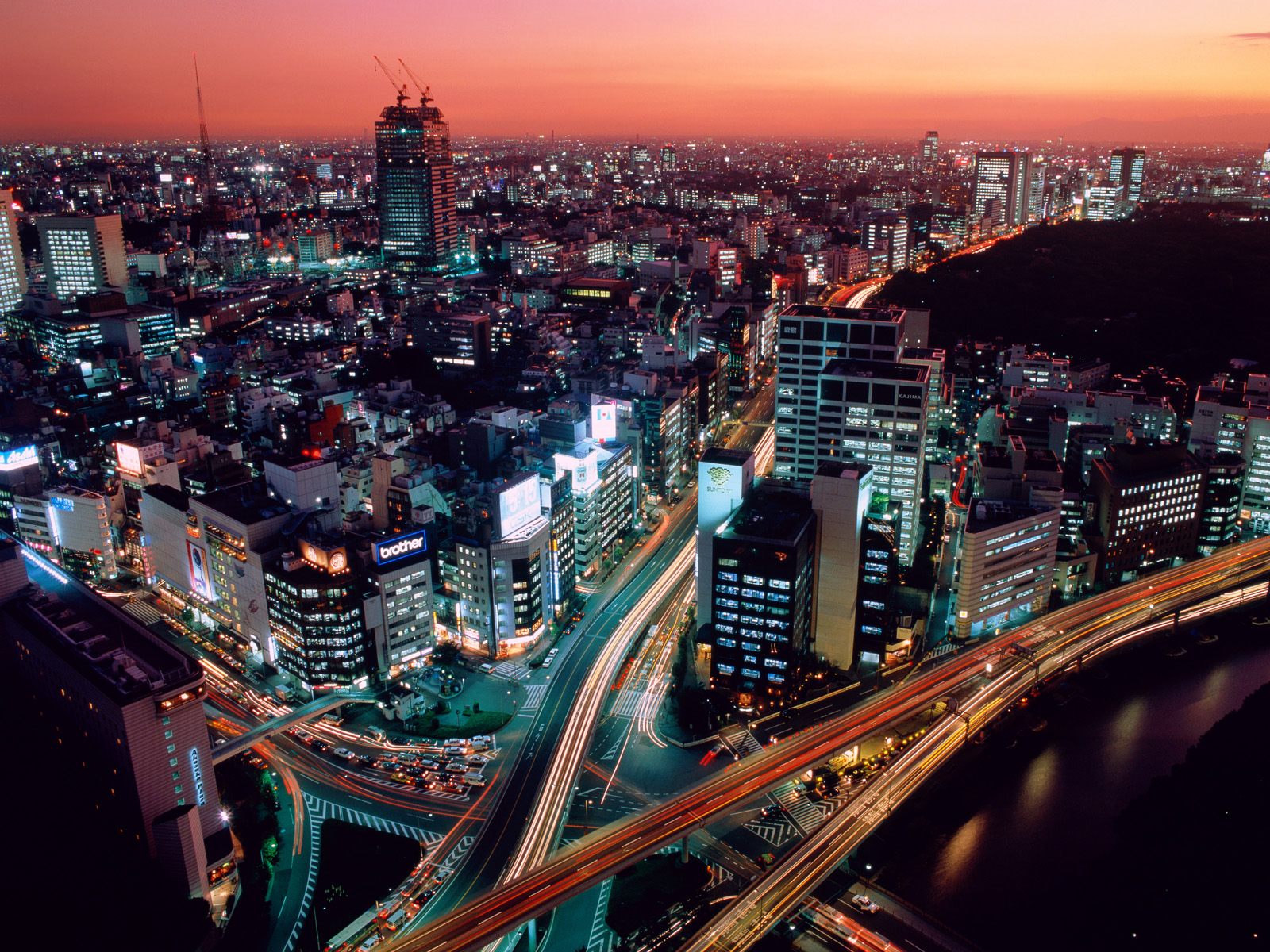Japanese Heels - Real, possible and imagined cities
- Details
- Written by M.me Red
Thoughts, words, visions, fragile as the thinnest of heels. A column by M.me Red.
One of the cornerstones of our movement from the Industrial Age to a Post-industrial reality is the increasing relevance of urban spaces as focal nodes for cultural consumption. Cities tend to become containers of goods, services and spectacles that must be understood and re-organized according to the new rhythms of daily life in a metropolitan context.
The city that never sleeps, of which Tokyo is the prototype, becomes then the model for all cities large and small. A metropolitan labyrinth where people can all but get lost; a space in which the thin line between the abstract and the everyday, the edge and the center, the virtual and the real become blurry. Containers for the feelings, desires , fears of the men and women that inhabit them, these hyper-modern cities act as nodes where present and future entwine with a past that is once again resurrected and brought to life.

Tokyo, that fragmented metropolis deformed by constant flows of people and goods, has become protagonist in Japan's literature, both as a real and as a symbolic place. The text takes the shape of the city, deconstructs it and then builds it up again through writing: a dystopic distortion, a tangle of streets and buildings, detached and disconnected from its own physical form as it generates a growing noise disguising its borders and historical identity.
Different places come together like tiles of a mosaic, and the possibility of a non-place is never too far away: there are fractures of solitude in the social space, in its contractual nature, in its instrumental interactions. In the city-system the public sphere, the space that determines an individual's belonging to society is bound to the individual's private life, their home, their cocoon – especially if we are referring to a female subject.

Hasegawa Junko, “The Sterile Egg”, in No Geisha. Otto Modi di Essere Donna nel Giappone di Oggi, Mondandori, 2008.
Ashes to ashes, dust to dust. The ticking of my heels echoed down the stairs while I climbed to my apartment, holding a Family Mart bag with a tetrapak carton of apple juice in it.
Lonely women in their forties, whose steps echo in the emptiness of an urban space they do not fit in: anonymous coffee shops, desolate convenience stores, deserted sidewalks. Their wavering identities cross the metropolis searching for a way to leave a trace that might prove their existence. A home. Anonymous blocks. Staircases. A minuscule flat. Perhaps maternity could be an answer, yet that call that comes back page after page – eggs, coconut milk and tapioca -refuses to be restrained, and the act of birthing life takes place only in dreams, at the end.
And so I kept dreaming of eggs, every night. […] I close my eyes and I see blood rushing behind my eyelids. Then, the walls suck me in and, after a few instants, I am cast out and I scream: Here it is, my head!
A birthing of the world, of oneself. A female subject capable of negotiating the marginal position in which contemporaneity relegated her.
This is one of many forms under which the metropolitan condition seeps through literature, no longer a mere backdrop but, rather, protagonist of a work in progress. And so the post-modern? Hyper-modern human feels, in the flesh and in the mind, their own alienation, their own confusion. Reality, hallucination, utopia, nightmare. In this context the written word re-discovers its thaumaturgic potential and tackles the sensorial distortion of contemporary man, of the contemporary world.
(from Paola Scrolavezza, Spazio urbano e spazio della scrittura: cittá reali, possibili, immaginate, in Michele Corleone, BokeTokyo, GBE, Roma 2011)


